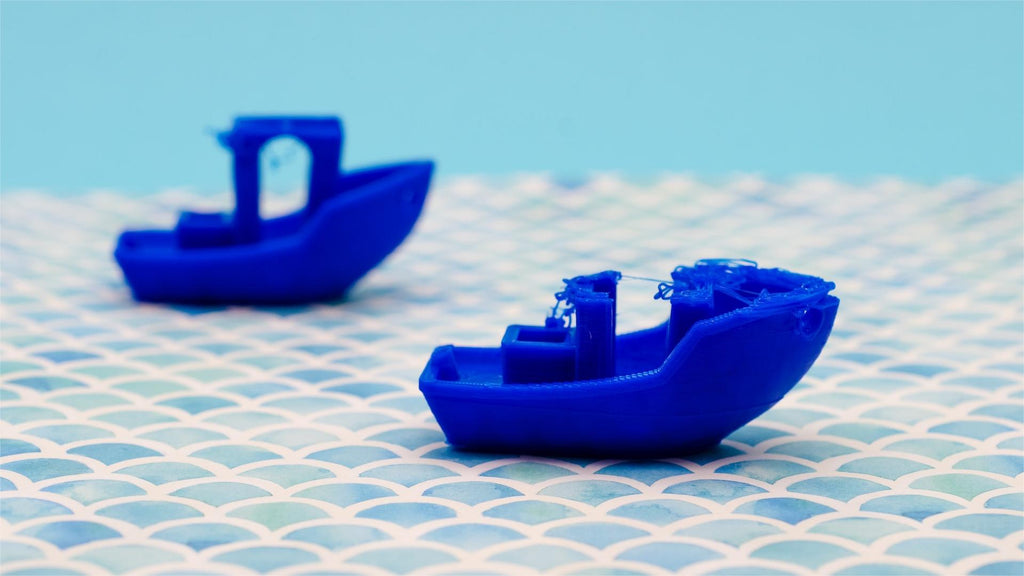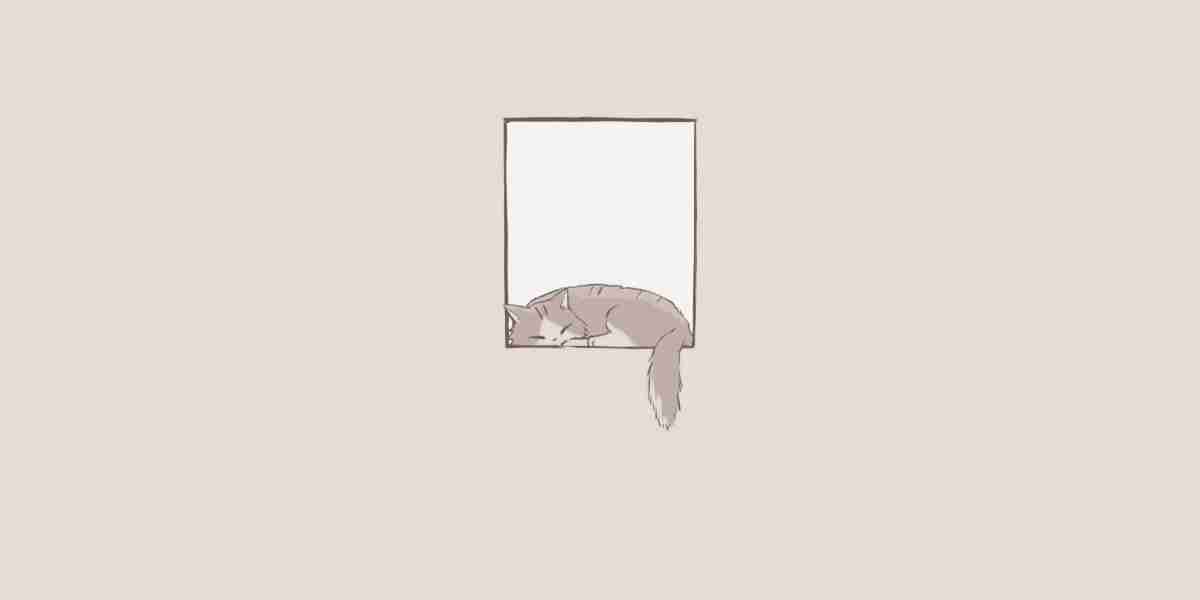3D printing has revolutionized the way we create and manufacture objects, but it is not without its challenges. Beginners often encounter various issues that can hinder their printing experience. Understanding the solutions to common 3D printing issues can significantly enhance your results and enjoyment of this innovative technology.

Understanding Common 3D Printing Issues
Before diving into solutions, it is essential to identify the most frequent problems that arise during the 3D printing process. These issues can range from poor adhesion to warping and even filament jams. Recognizing these challenges is the first step toward effective troubleshooting.
1. Poor Adhesion to the Build Plate
One of the most common issues is poor adhesion of the print to the build plate. This can lead to failed prints and wasted materials. If your prints are not sticking, consider the following:
- Ensure the build plate is clean and free from dust or grease.
- Adjust the nozzle height to achieve the correct first layer distance.
- Experiment with different bed surfaces, such as glass or PEI sheets.
2. Warping and Curling
Warping occurs when the edges of a print lift off the build plate, often due to temperature fluctuations. To mitigate this issue, you might want to:
- Use a heated bed to maintain consistent temperatures.
- Apply adhesive solutions like glue stick or hairspray to enhance adhesion.
- Print with a brim or raft to provide additional support.
3. Filament Jams and Extrusion Problems
Filament jams can be frustrating, especially when they interrupt a long print. If you encounter this issue, check the following:
- Ensure the filament is dry and free from moisture.
- Inspect the extruder for clogs or obstructions.
- Adjust the temperature settings according to the filament type.
Advanced Troubleshooting Techniques
For those who have mastered the basics, exploring advanced troubleshooting techniques can further enhance your printing quality. Techniques such as adjusting print speed, modifying layer height, and calibrating your printer can yield significant improvements. If you need a more comprehensive guide, consider visiting .
4. Layer Misalignment and Shifting
Layer misalignment can occur due to mechanical issues or incorrect settings. To address this, ensure that:
- The printer is on a stable surface to prevent vibrations.
- All belts and pulleys are properly tightened.
- Check for any loose connections in the wiring.
Conclusion: Mastering 3D Printing Troubleshooting
By understanding and applying these solutions to common 3D printing issues, beginners can significantly improve their printing experience. Remember that troubleshooting is a skill that develops over time, and patience is key. With practice and persistence, you will become proficient in overcoming the challenges of 3D printing.








